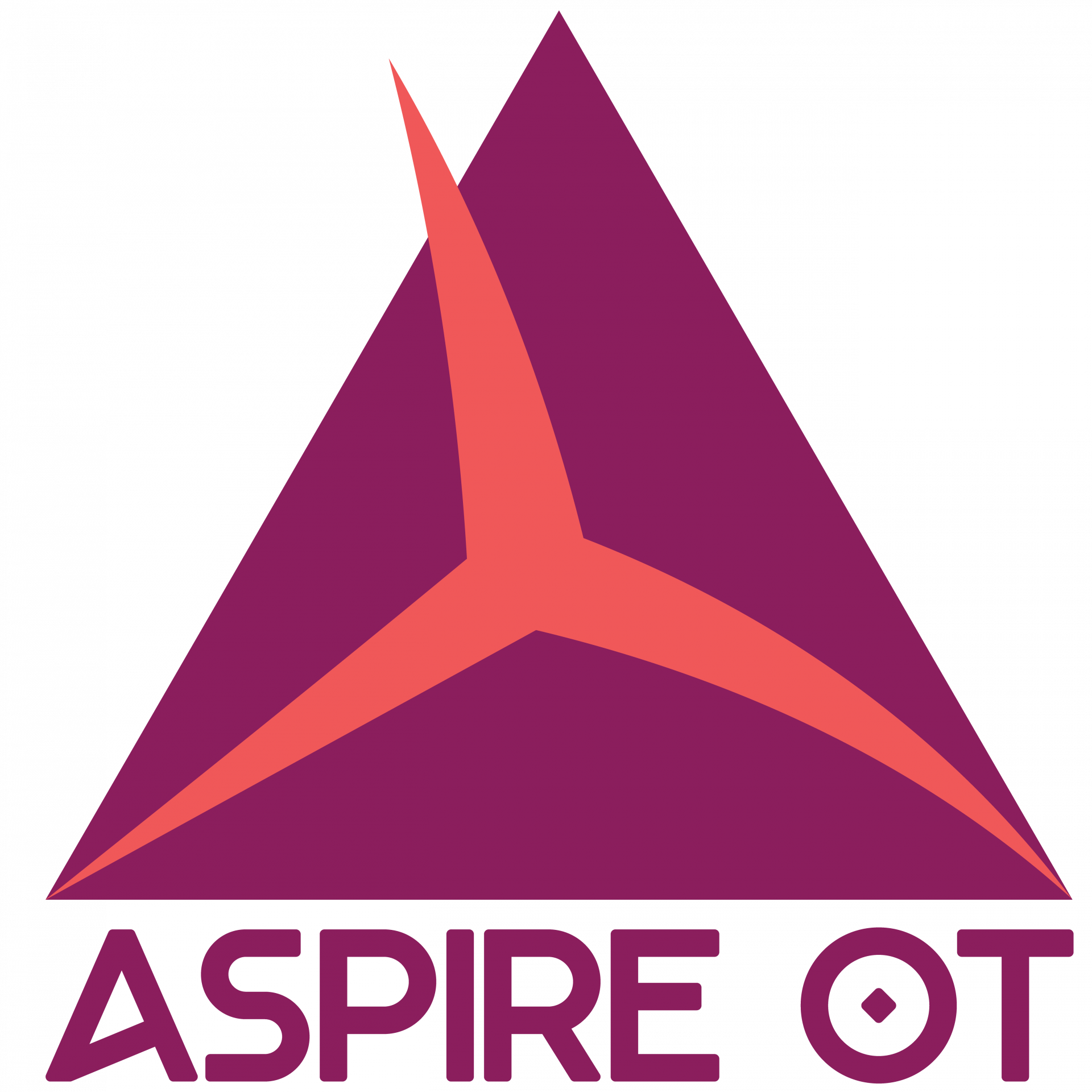Welcome to guest blogger and occupational therapy student, Amanda Rice, OTS
Did you know that eating disorders affect far more than just food-related behaviors? They disrupt everyday life from work and school to social connections and self-care.
This post delves into the findings from my doctoral capstone research for the Cedar Crest College OTD program, where I explored how eating disorders impact daily occupations and how transitions during care affect individuals. The study helps to inform the role of occupational therapy in supporting recovery as individuals move from intensive treatment to lower levels of care.
By reading this post, you’ll gain valuable insights into the extensive occupational disruptions caused by eating disorders, understand why transitions between different levels of care can be particularly challenging, and discover how occupational therapy can provide practical tools to empower lasting recovery.
Empty space, drag to resize
In this article, you'll learn:- Eating disorders severely disrupt daily roles and occupations.
- Transitions to lower levels of care are challenging and impact all aspects of life.
- Occupational therapy has an important role in the treatment of eating disorders.
Empty space, drag to resize
Eating disorders affect far more than just nutrition and body image. They interfere with all areas of daily functioning, including work, education, leisure, rest, social participation, and overall self-identity.
Key areas of impact identified in the study included:
Cognitive, Emotional, and Psychological Impairments:
o Participants reported difficulty with focus, decision-making, and emotional regulation
o Intrusive thoughts about food and body image consumed mental energy, leaving little capacity for other tasks
Physical Depletion and Impact on Functioning:
o Malnutrition and exhaustion made even basic activities—like walking to class or completing chores—feel overwhelming
o Many described “shutting down” physically and emotionally due to prolonged restriction or purging
Social Isolation and Relationship Strain:
o Fear of judgment or misunderstanding led participants to withdraw from friends and family
o Social events became sources of anxiety, especially those involving food
Disruption to Daily Life, Roles, and Identity:
o Participants lost connection to meaningful roles such as student, employee, or caregiver
o Many struggled with a fractured sense of self, unsure of who they were beyond their eating disorder.
These impairments highlight the need for recovery approaches that address the whole person, not just physical symptoms, but also social, emotional, and functional well-being.
As these challenges pile up, they become even more difficult to navigate during transitions in levels of care, in times when individuals are often at their most vulnerable.
Transitions from higher to lower levels of care often come with instability that impacts multiple life domains, not just mental health. In eating disorder treatment, levels of care range from inpatient hospitalization and residential treatment to partial hospitalization (PHP), intensive outpatient (IOP), and outpatient therapy. Each level offers decreasing structure and support, which can make the shift especially overwhelming for individuals still developing coping skills.
According to the study, participants experienced the following during care transitions:
• Lack of Support and Disruption in Care:
- Reduced access to multidisciplinary providers created gaps in treatment
- Participants described feeling “cut off” from previous support systems and routines
• Emotional Distress and Internal Conflict:
- Many reported increased anxiety, fear of relapse, and self-doubt after stepping down from structured care
- The loss of predictability and containment from higher levels of care triggered emotional instability
• Struggles with Independence and Daily Functioning:
- Without the structure of intensive treatment, participants faced challenges managing basic responsibilities
- Relearning how to structure their time and maintain recovery behaviors was overwhelming
• Desire for Transitional and Holistic Care:
- Participants consistently emphasized the need for care that bridges the gap between treatment levels
- They advocated for services that support daily functioning, emotional regulation, and meaningful activity, not just symptom monitoring
• Positive Growth and Reclaiming Autonomy:
- Despite difficulties, some individuals described these transitions as opportunities for growth
- Regaining control over decisions and environments led to increased confidence and self-awareness
Participants often expressed the need for more gradual, occupation-focused support to regain confidence and connection in their day-to-day lives.
This is where occupational therapy can have a transformative impact—by addressing life skills, roles, and routines head-on.
Occupational therapy offers a unique, holistic approach to eating disorder recovery by helping individuals reconnect with life roles, rebuild routines, and develop the practical skills needed to thrive after intensive care.
Using the results of this study, you can begin to understand how OT can support recovery by targeting:
• Functional Life Skills: - Relearning how to grocery shop, plan meals, manage finances, or organize daily schedules.
- Rebuilding confidence in handling everyday stressors and decision-making
• Meaningful Role Reintegration: - Supporting return to roles such as student, worker, or friend by gradually building capacity
- Creating realistic goals and structure for transitioning back into these roles
• Leisure and Social Re-engagement: - Exploring leisure interests and hobbies as a way to find joy outside of the eating disorder
- Promoting community engagement and reconnection with social supports
• Sensory and Cognitive Strategies:
- Using sensory tools (e.g., weighted blankets, grounding exercises) to reduce anxiety and improve emotional regulation
- Addressing executive function and cognitive deficits through structured interventions
• Trauma-Informed, Client-Centered Care:
- Viewing each client as the expert in their own life
- Acknowledging the role of trauma and providing emotionally safe interventions
Occupational therapy not only improves functioning, it restores a sense of identity, purpose, and autonomy, which are often lost in the grip of an eating disorder.
Let’s conclude by bringing these insights together and looking at how you, as an OT practitioner, can put them into action.
To recap, this post covered three key insights:
• Eating disorders severely disrupt daily roles and self-care, affecting mental, physical, and social well-being.
• Transitions between intensive and outpatient care are challenging, often leaving individuals underprepared and isolated.
• Occupational therapy provides practical tools for lasting recovery, equipping individuals with the skills needed to manage daily life and build resilience.
Occupational therapy not only bridges the gap between treatment levels but also offers a holistic, empowering path toward renewed independence.
Call to Action:
Are you an occupational therapy practitioner looking to better support clients with eating disorders, especially during transitions in care? This research highlights how OT can fill crucial gaps in treatment and empower long-term recovery.
Join the conversation by sharing this post with your colleagues! Consider exploring continuing education and evidence-based articles on eating disorder care and advocating for OT inclusion in multidisciplinary teams in the mental health setting.




